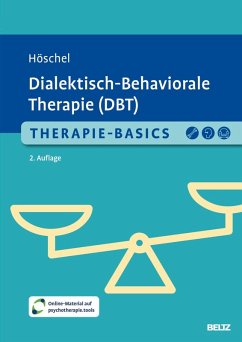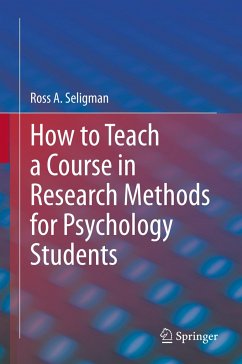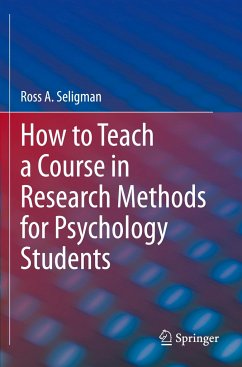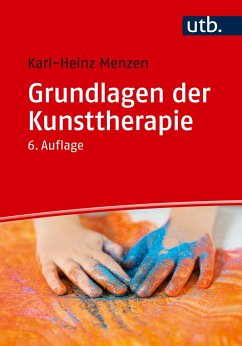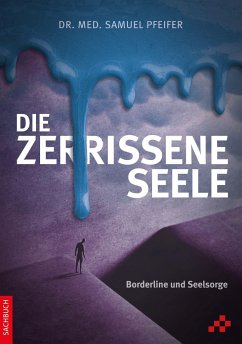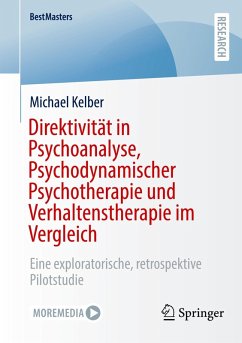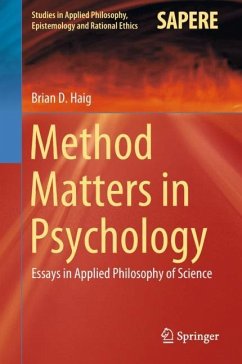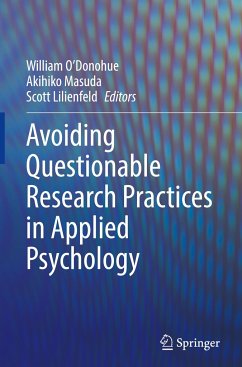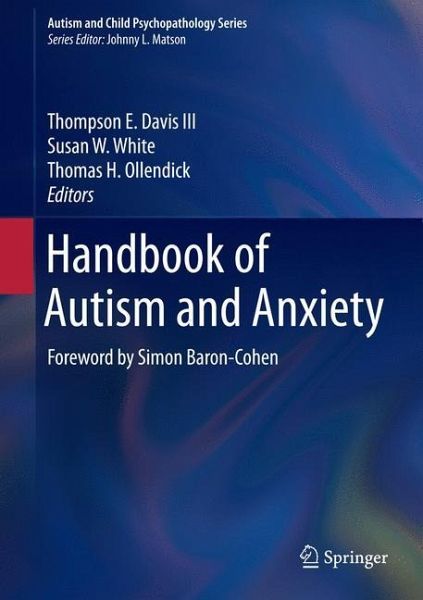
Handbook of Autism and Anxiety

PAYBACK Punkte
57 °P sammeln!
The diagnosis of autism spectrum disorder (ASD) has evolved greatly since Asperger's day. And as our clinical understanding of this spectrum of disorders has grown, so has recognition of the connections between anxiety disorders and ASD-a welcome development, but also a source of confusion for many in the field.The Handbook of Autism and Anxiety brings together leading experts to explain this comorbidity, the diagnostic similarities and differences between the two disorders and the extent to which treatment for each can be coordinated for optimum results. Focusing on repetitive behaviors, soci...
The diagnosis of autism spectrum disorder (ASD) has evolved greatly since Asperger's day. And as our clinical understanding of this spectrum of disorders has grown, so has recognition of the connections between anxiety disorders and ASD-a welcome development, but also a source of confusion for many in the field.
The Handbook of Autism and Anxiety brings together leading experts to explain this comorbidity, the diagnostic similarities and differences between the two disorders and the extent to which treatment for each can be coordinated for optimum results. Focusing on repetitive behaviors, social difficulties and fears as core components of anxiety disorders as well as ASD, contributors discuss specific symptoms in depth to aid in diagnosis. Assessment and treatment issues relevant to the autism-anxiety connection are considered in clinical and school contexts. And an especially timely conclusion details how key changes in the DSM-5 affect the diagnosis and conceptualization of each disorder.
Key topics addressed in the Handbook include:
Phenotypic variability in ASD: clinical considerations.Etiologic factors and transdiagnostic processes.Social worries and difficulties: autism and/or social anxiety disorder?Implementing group CBT interventions for youth with ASD and anxiety in clinical practice.Autism and anxiety in school settings.DSM-5 and autism spectrum disorder.
The Handbook of Autism and Anxiety is an essential resource for researchers, clinicians/professionals and graduate students in child and school psychology, psychiatry, social work, education, clinical counseling and behavioral therapy.
The Handbook of Autism and Anxiety brings together leading experts to explain this comorbidity, the diagnostic similarities and differences between the two disorders and the extent to which treatment for each can be coordinated for optimum results. Focusing on repetitive behaviors, social difficulties and fears as core components of anxiety disorders as well as ASD, contributors discuss specific symptoms in depth to aid in diagnosis. Assessment and treatment issues relevant to the autism-anxiety connection are considered in clinical and school contexts. And an especially timely conclusion details how key changes in the DSM-5 affect the diagnosis and conceptualization of each disorder.
Key topics addressed in the Handbook include:
Phenotypic variability in ASD: clinical considerations.Etiologic factors and transdiagnostic processes.Social worries and difficulties: autism and/or social anxiety disorder?Implementing group CBT interventions for youth with ASD and anxiety in clinical practice.Autism and anxiety in school settings.DSM-5 and autism spectrum disorder.
The Handbook of Autism and Anxiety is an essential resource for researchers, clinicians/professionals and graduate students in child and school psychology, psychiatry, social work, education, clinical counseling and behavioral therapy.






